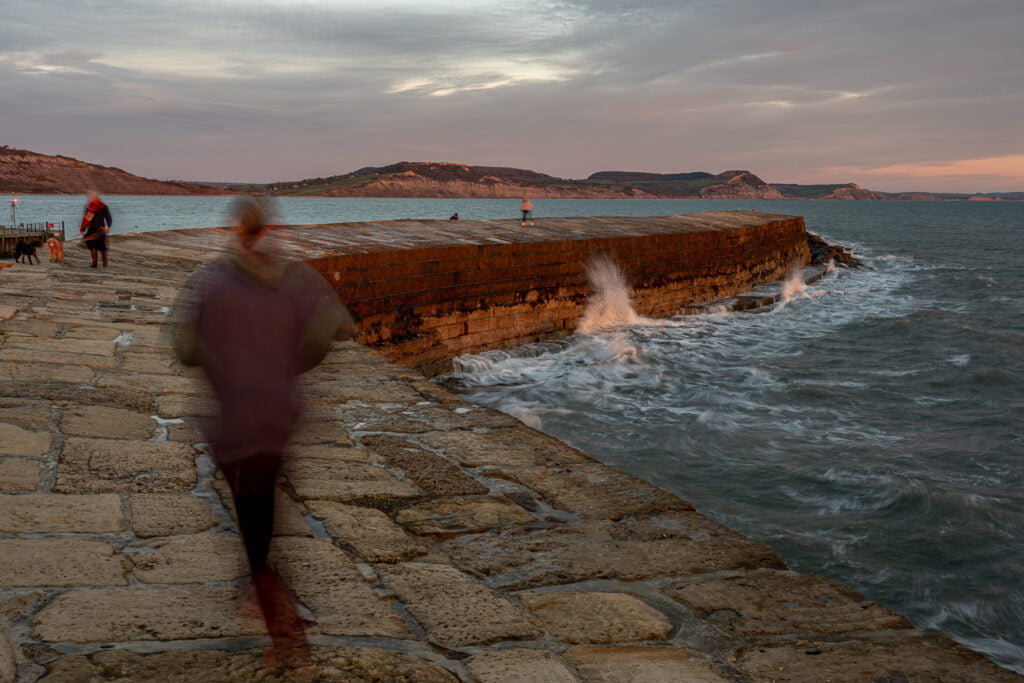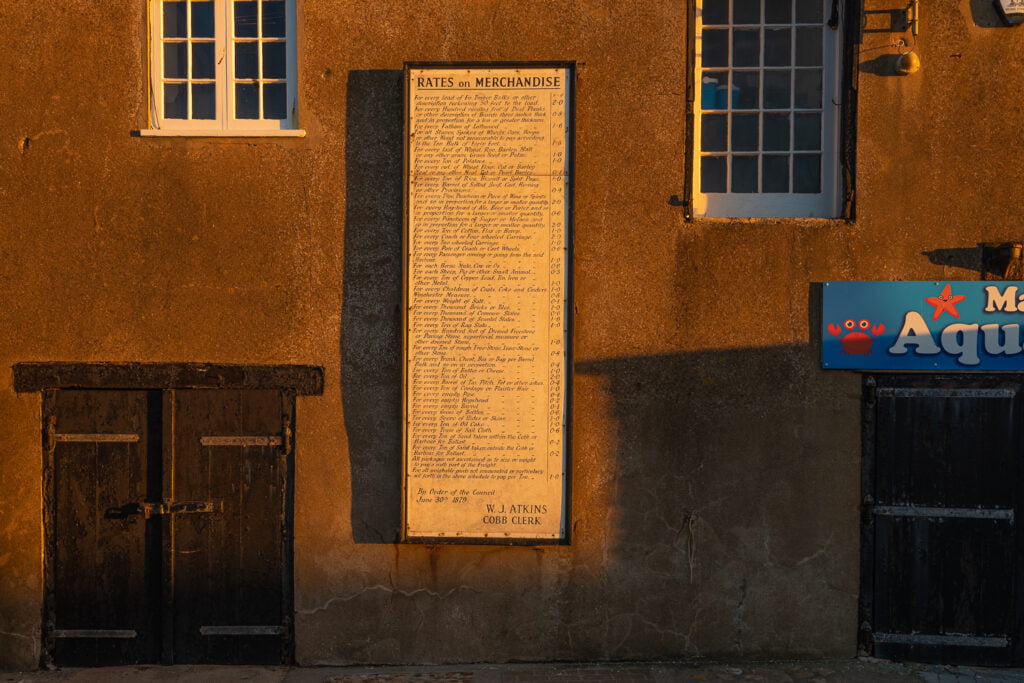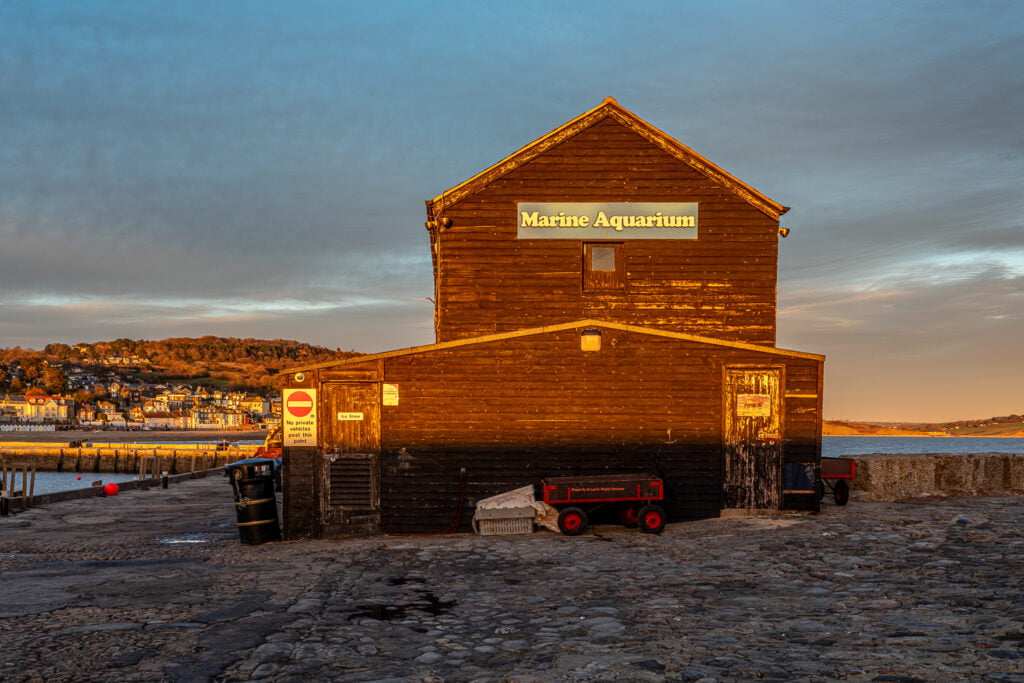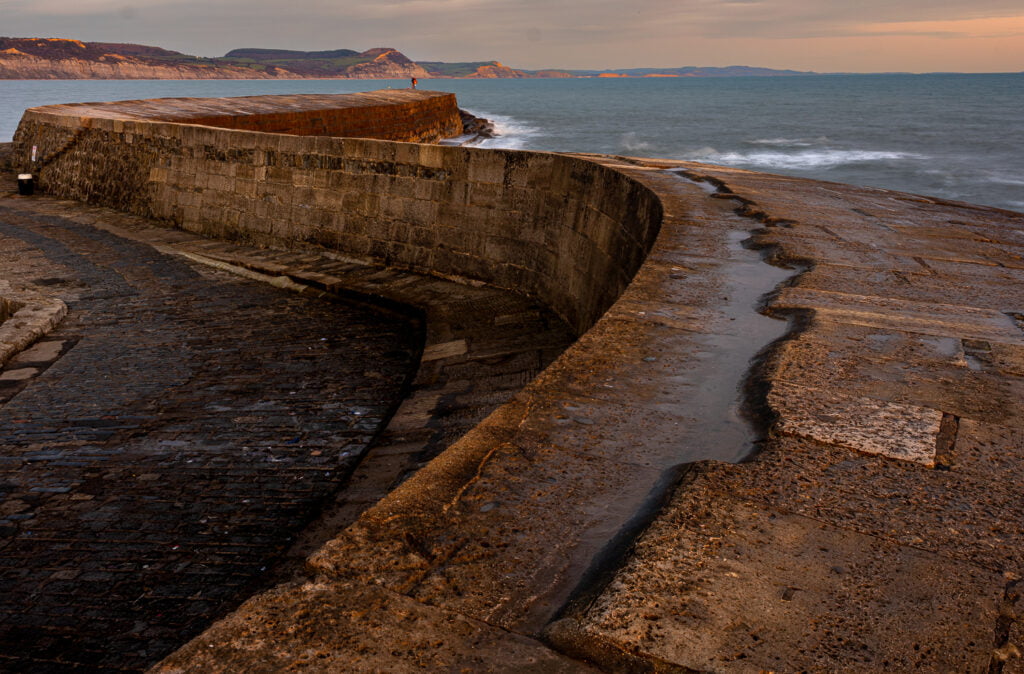The ghost of the novellist John Fowles continues to haunt Lyme Regis. He lived in a large house overlooking the Undercliffe, the wild terrain which was formed following the regular landslips which occur in the porous cliffs travelling west towards Charmouth and Seatown. I often wondered which house was his, journeying past the properties as I descended into Lyme on my many journeys there.
The first novel of his I read was The Magus, a story of a rather narcissistic English teacher who went to live and teach on the Greek island of Spetse, though it is called Phraxos in the novel. During his time there his associations with others, particularly his stalled relationship with Alison who remained in the UK, were explored in a series of meta-physical encounters with a mysterious islander called Conchis. The end of the novel is left open; the teacher had returned to the UK and was hoping to be reunited with Alison, but there was no promise of that happening. He lived day to day with an uncertain conviction they would meet again and the relationship would be rekindled with the new understanding of his love for her.

The second Fowles novel I read was The French Lieutenant’s Woman, a tale of a Victorian gentleman living in Lyme Regis and engaged to be married, but who falls in love with the mysterious local woman Sarah Woodruff. Her French sailor fiance had let her down by marrying another in France, and Sarah was regarded by Victorian society as abandoned and disgraced. Almost an outcast she was portrayed as spending much time on the Cobb, isolated, in all forms of inclement weather. Intrigued by her he defies social convention and meets with her to explore his attraction. The author again provides an inconclusive ending, suggesting 3 different variations of potential relationship outcomes partially determined by the rigid Victorian social structures eminent at that time.

The third Fowles novel I read was Daniel Martin, the story of a middle aged English screen writer living in America with his younger girlfriend who returns to the UK to visit a friend who is dying. Previous thwarted relationships from his University days are re-evaluated and these relationships are redefined with the benefit of maturity.

I had not been to Lyme Regis since before the recent Covid epidemic. It was a cold day today, with quite a wind which eventually blew itself out by the end of the afternoon. The light at sunset was incredible; the photographs here are accurate portrayals of that light. To glory in colour is rare in the darkest of winter.
;
Also today there was no Meryl Streep, wrapped in a black shawl standing in iconic isolation at the very end of the Cobb, wrestling with both personal and societal rejection as the winds and waves both physically and metaphorically buffet her character Sarah Woodruff. In one of the 3 possible endings, Sarah lives with the artist and poet Dante Gabrielle Rosetti, and has transcended the societal shame and guilt placed upon her to enjoy a creative lifestyle, bringing up the child she had conceived in their earlier very brief union.
In each of these novels, Fowles’ male characters have been incomplete without the presence of and relationship with a particular woman, from whom some actualisation or character development appears to have occured. All of the women in the relationships, or potential relationships which have all required an extended period of time and absence to attain possibility, have been stronger than the male character. All the women characters provide something which facilitates completement within the male character.
The ghost of John Fowles, who died in 2005, continues to haunt Lyme Regis in the winter of 2022.